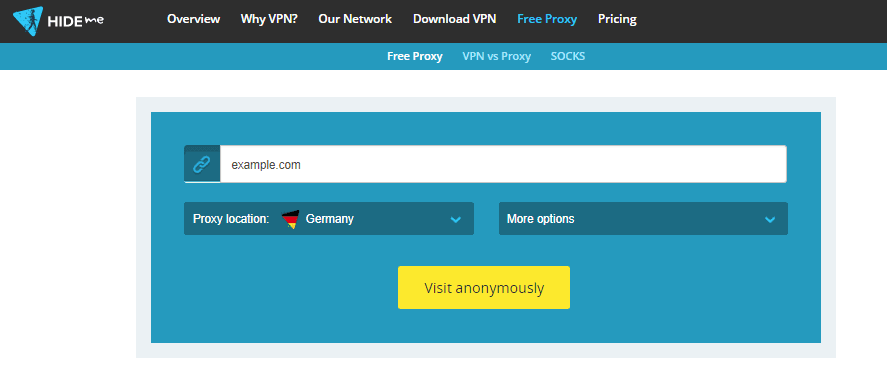Page Contents
Setting Up GeoLocation on OpenLiteSpeed
Enabling GeoLocation
Geolocation enables developers to enhance the user experience. Content and advertising may be customized for a specific user’s country, showing pages more relevant to the location of the user. Admins can further enhance a site’s security by blocking a client based on country.
Enabling GeoIP is very easy.
This wiki describes the legacy databases. To use the newer databases (.mmdb extension) go here.
Step 1. Install
GeoIP database for CentOS users:
yum install GeoIP-dataOther modules:
yum install GeoIP-devel zlib-develStep 2. Setup
Check geo database:
rpm -ql GeoIPIt may return a database path similar to:
/usr/share/GeoIP/GeoIP.datIn LSWS WebAdmin, configure the database location. Navigate to Configuration > Server > General > General settings > IP to GeoLocation DB
Enter DB File Path:
/usr/share/GeoIP/GeoIP.datDB Name must be entered but is not used with legacy databases.
You must also enable GeoLocation Lookup. Navigate to Web Admin > Admin > Configurations > General > Enable GeoLocation Lookup to Yes
Navigate to Web Admin > Configurations > Your Virtual Hosts > Rewrite to add rewrite rules that will control the redirect:
<IfModule LiteSpeed>
RewriteEngine on
RewriteRule .* - [E=Cache-Control:vary=%{ENV:GEO_COUNTRY}]
</IfModule>Refer to Maxmind for more rewrite examples.
Step 3. Verify
Change Your Source IP by Proxy
Method 1:
From This site , we can simply put in a web IP and choose a country from three(USA, Germany, Netherlands). If you want more than three countries, then you need to register for a paid plan.

Method 2:
You can choose a free proxy server from online free resources, e.g. Free_Proxy

Setup the proxy IP with your browser. Here are the steps for Chrome:
- Click on Settings.
- Click Show advanced settings
- Scroll further down the list until you see System
- Click Open proxy settings
- Click the LAN settings button.
- On the Internet Properties window, click the LAN settings button.
- LAN Settings: uncheck the box that says Automatically detect settings.
- Proxy Server section: click the checkbox to enable Use a proxy server for your LAN…
- In the Address field, enter the IP Address and Port Number of your Proxy Server.
- Press the OK button and then press OK again to save your settings.
- Now when you surf the web, you will be surfing by using the Proxy Server.
Step 4. Check Correct IP is Set
- You can check source IP via LiteSpeed default php page http://your_domain/phpinfo.php. First, you need to set Admin > Configurations > Your Virtual Hosts > General > Enable GeoLocation Lookup to
Yes
_SERVER["GEOIP_ADDR"]
_SERVER["GEOIP_COUNTRY_CODE"]
_SERVER["GEOIP_COUNTRY_NAME"]
_SERVER["GEOIP_CONTINENT_CODE"]- Or use online IP check, e.g. What is my IP
- Or ipinfo.io online service, which will return json format:
curl ipinfo.io/153.232.58.88
>>>
{
"ip": "153.232.58.88",
"hostname": "88.58.232.153.ap.dti.ne.jp",
"city": "Tokyo",
"region": "Tokyo",
"country": "JP",
"loc": "35.6850,139.7514",
"org": "AS4713 NTT Communications Corporation",
"postal": "102-0082"
}Step 5. Check DB by Lookup Command
Use geoiplookup/geoiplookup6 command to verify GeoData is working:
geoiplookup /usr/share/GeoIP/GeoIP.dat 62.26.0.0
>> GeoIP Country Edition: DE, Germany
geoiplookup /usr/share/GeoIP/GeoIP.dat 210.212.193.192
>> GeoIP Country Edition: PK, PakistanStep 6. Set Rewrite Rules
Navigate to Web Admin > Configurations > Your Virtual Hosts > Rewrite:
- Set Rewrite to
Yes - For testing purpose, set Log Level to
9. - Add the following rules to Rewrite Rules content:
# Redirect two specific countries
RewriteCond %{ENV:GEOIP_COUNTRY_CODE} ^(CA)$
RewriteRule ^(.*)$ https://en.wikipedia.org/wiki/Canada [R,L]
RewriteCond %{ENV:GEOIP_COUNTRY_CODE} ^(EU)$
RewriteRule ^(.*)$ https://en.wikipedia.org/wiki/Europe [R,L]Step 7. Check Log
tail -f /PATH_TO_LSWS/log/error.logWhen you are using a CA IP:
[REWRITE] Rule: Match '/' with pattern '^(.*)$', result: 2
[REWRITE] Cond: Match 'CA' with pattern '^(CA)$', result: 2
[REWRITE] Source URI: '/' => Result URI: 'https://en.wikipedia.org/wiki/Canada'With a Germany IP:
[REWRITE] Rule: Match '/' with pattern '^(.*)$', result: 2
[REWRITE] Cond: Match 'EU' with pattern '^(EU)$', result: 2
[REWRITE] Source URI: '/' => Result URI: 'https://en.wikipedia.org/wiki/Europe'Using a Netherlands IP:
[REWRITE] Rule: Match '/' with pattern '^(.*)$', result: 2
[REWRITE] Cond: Match 'NL' with pattern '^(CA)$', result: -1
[REWRITE] Rule: Match '/' with pattern '^(.*)$', result: 2
[REWRITE] Cond: Match 'NL' with pattern '^(EU)$', result: -1- 2 is match, -1 is not match
Step 8. Troubleshooting
- If the module is not working, make sure that the httpd user (e.g. nobody) has read access to the GeoIP database file(s) you are using.
- If the GeoIP variables do not show up please make sure that the client IP address is not on a private network such as 10.0.0.0/8, 172.16.0.0/12 or 192.168.0.0/16. GeoIP can only look up public IP addresses.

